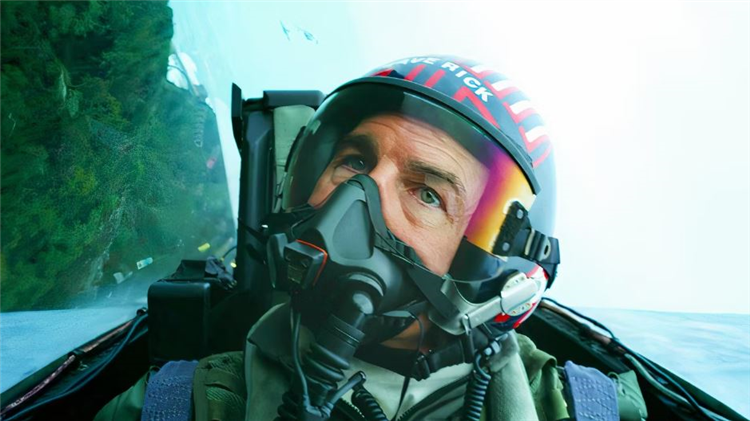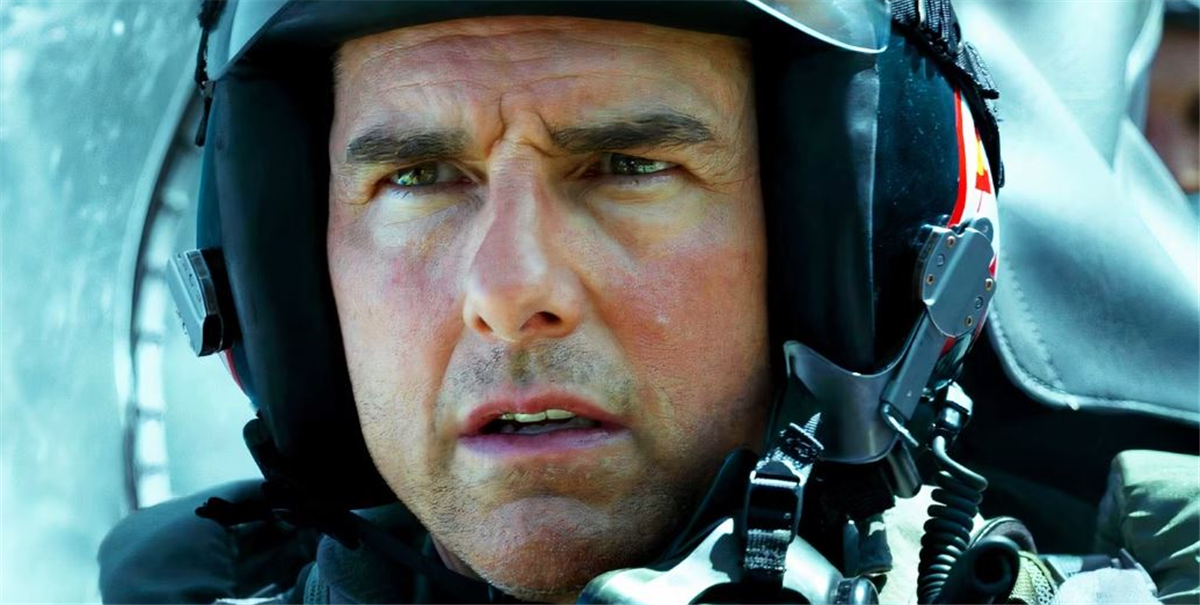A real-life retired Top Gun instructor analyzes the dogfight against the fifth-generation fighter in Top Gun: Maverick, revealing what parts aren’t realistic. Directed by Joseph Kosinski, the sequel to Tony Scott’s Top Gun (1986) sees Tom Cruise returning as Pete “Maverick” Mitchell to train younger pilots for a dangerous mission. The Top Gun: Maverick ending features Maverick and his team successfully pull off this mission, but Maverick and Rooster (Miles Teller) struggle to make it back as they end up in a dogfight against two of the enemy’s advanced fifth-gen fighters.
In a recent video for Insider, retired Top Gun instructor Dave Berke takes a look at the realism of Top Gun: Maverick’s final action scene, finding that the sequence features some key mistakes.
While Berke praises the fact that Rooster is confused about the controls of an older fighter jet and the film’s depiction of a “weapons envelope,” he points out that fifth-generation fighters are more advanced in their radar capabilities than Top Gun: Maverick suggests. Check out select comments from Berke below, as well as his middling score for the sequence out of 10:

“Getting down towards the ground and the trees, especially if the enemy is above you, can cause problems. In a fifth generation modern radar, that radar doesn’t really care where you are, it’s going to see you, it’s going to find you, it’s going to maintain lock. So confusing its targeting against a modern, fifth-gen fighter? Not going to happen. How they chose to handle it is probably the best they can do.
“I’m giving this clip a five [out of 10]. I’d like to make it a little bit higher because it is a great action scene, but the things that are happening simply are not going to happen in the real world.”
Top Gun: Maverick’s Ending Is A Triumphant Conclusion
Why The Fifth-Generation Fighter Dogfight Works So Well

The main mission in Top Gun: Maverick is established early on, with the first key challenge being navigating a mountainous gauntlet at very low altitudes to avoid enemy missiles. Also established early on, however, is the fact that the ambiguous enemy force is in possession of fifth-generation fighters, aircraft that are more advanced than what the Top Gun: Maverick cast of characters will be using. After successfully flying through the mountain pass and taking out missile arrays, the climactic action scene finally brings these fifth-generation fighters into play.
What makes the fight against the fifth-gen fighters so exciting isn’t just the action itself, which was partially accomplished with real actors in real fighter jets, but that it also serves as a sequence that speaks to the film’s main character arcs. A key emotional through line in the film is the dynamic between Maverick and Rooster and the friction between them. After Rooster attempts to rescue Maverick and gets shot down in the process, the two are forced to work as a team, mirroring the dynamic between Maverick and Goose (Anthony Edwards), Rooster’s father, in the original Top Gun.
The reviews for Top Gun: Maverick were glowing from critics, and it’s this mix of thrilling action, emotion, and nostalgia that makes the sequel such a fun ride. The audience response was also overwhelmingly positive, and this is reflected in the movie’s worldwide box office haul of $1.495 billion. Though Top Gun: Maverick’s depiction of fifth-gen fighters falls short in some respects, it succeeds from a storytelling perspective, which is ultimately what’s most important.
